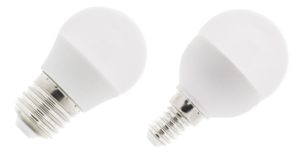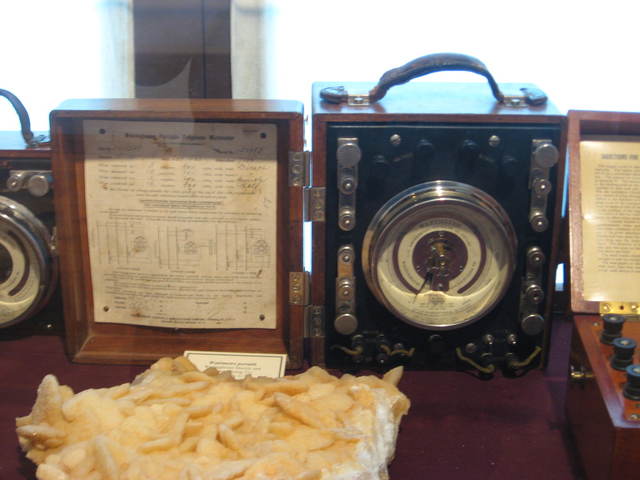When we talk about electricity, one of the most commonly used concepts is electrical power. In fact, it is a fixed term that essentially comprises of our electricity bill. In this article, we will explain exactly what it consists of and how it can be calculated.
Definition of electrical power
Electrical power is the rate per unit time at which electrical energy is transferred in an electrical circuit. More simply, it can be thought of as the amount of energy consumed or generated by an element at a given time.
For example, we can say that a light bulb has a power of 12W and thus indicate that, when it is working, it consumes that amount of energy at a certain time.

In a household, where the maximum power contracted is 5kW, this is the maximum power that can be used. This means that cooking on the hob (2.2kW), running the washing machine (1.5kW), the fridge (0.25kW) and the heating (1kW) will all add up to 4.75kW. If at that moment, the microwave (0.9kW) is switched on, the electricity will ” trip off”.
Formulas for calculating electrical power, learn how to do it
By definition we can infer that power is calculated as the electric charge that passes in a limited time through a potential difference.
One normally defines the power of an electrical appliance as the product of the voltage it is connected to (V) and the intensity of the current passing through it (I), whereby P = V * I is undoubtedly the most well-known version of electrical power.

Whereas:
- Q the electric charge measured in coulombs
- t the time in seconds
- V the potential difference or voltage, measured in volts
- I the electric current in amps
DC power formula
The formula for calculating electrical power in circuits where direct current is applied is the same as in the previous point. Also if considering a resistive circuit, one can apply Ohm’s law (V = I * R) to develop alternative equations:

Where R is the electrical resistance.
For example, a device operating at 24V with 10mA (milliamps) flowing through it can be calculated as follows:
P=VI=24·0’01=0.24W
Formula for alternating electrical power
In this case, the inductive and capacitive elements of the circuits generate a time lag between voltage and current. For this reason, the root mean square values of both quantities must be taken into account.
For alternating current, the voltage will be on one side:

With a peak value Vp and a frequency f, the typical values being 230V and 50Hz if considering household mains.
Current on the other side:

Where the maximum value (Ip), the frequency (f) and the phase shift (φ) are introduced by the reactive elements.
The formula for alternating electrical power would be as follows:

With a little trigonometry and replacing the peak values by the rms (root mean squared) values, the result is that:

Where there is a first constant term, which is the active power, and a second variable term.
For example, considering a linear load (where (φ) coincides with the power factor), one can calculate the active power developed by a device operating at 220VAC single-phase, circulating 15A and having a power factor of 0.9 as:
P=220·15·0’9=2970W=2’97KW
How electrical power is measured
Having seen how electrical power calculations are made, we will now discuss how it is measured in real situations, where calculations cannot or do not have to be carried out.
To measure powe, use what is known as a wattmeter.
Wattmeter
The wattmeter, whether digital or analogue, is a device for measuring the power in a given circuit. In the analogue version, they are made up of two fixed coils (ammeters) that measure the current and a mobile coil (voltmeter) that measures the voltage. The current coils are connected in series and the voltage coil in parallel.

The newer digital versions sample the voltage and current several times per second and calculate the power from the average. You can find energy meters at our online shop. By connecting it between any appliance and the mains, you will be able to know the consumption.
The electrical power on the electricity bill
As mentioned on other occasions, the contracted power term is the maximum power that can be used simultaneously. It is one of the fixed components of the bill and one of the first things that must be adjusted to suit your actual needs if you want to save on electricity.
You now know a little more about electrical power and how it is calculated, both in alternating and direct current circuits.


